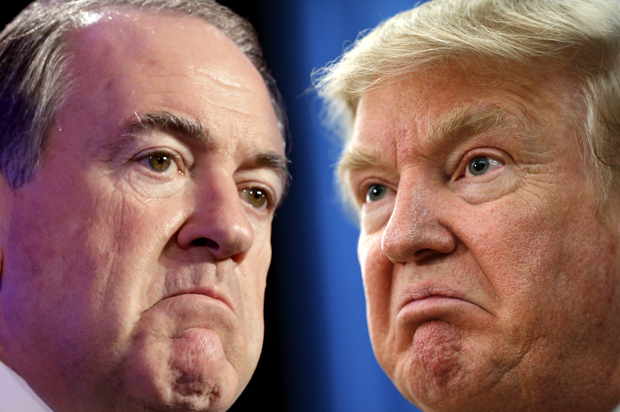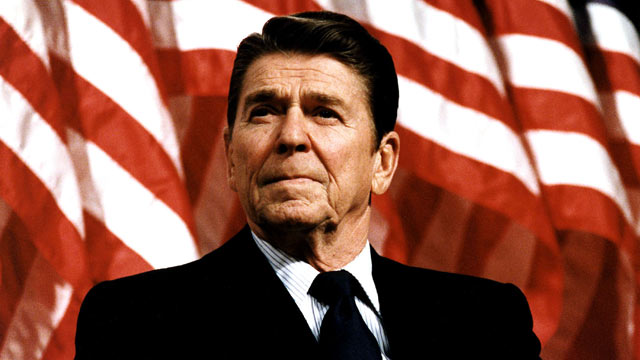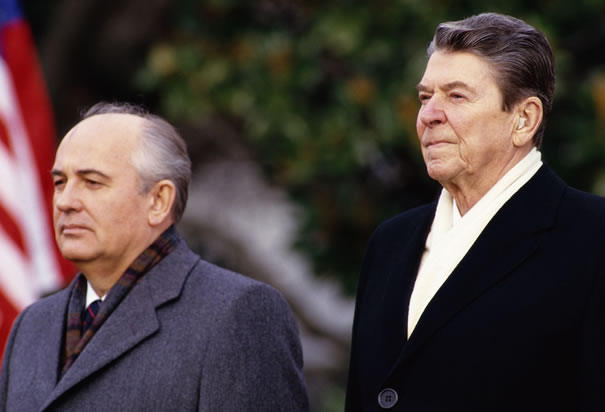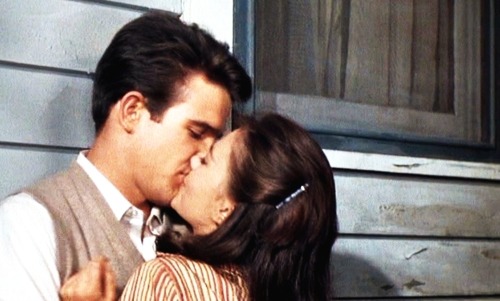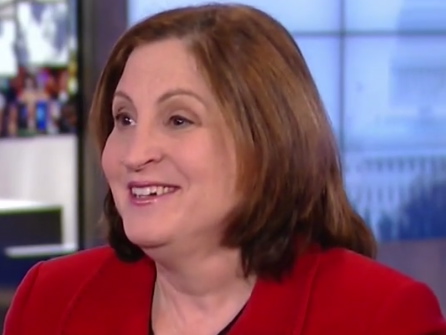 |
| This was the McDonald's of my high-school years in Los Angeles, mid-sixties. |
This is the burger joint I thought of when I read an article, common these days as cities and some states -- not the feds -- start to move toward a living wage. It's entitled, "
Minimum-wage offensive could speed arrival of robot-powered restaurants." Of course.
The over-arching notion is a threat: Don't make us pay a living wage or we're going to take your job away with automation, so your lives will
still suck, loser.
There's another gentler, implied threat: We can't afford to pay you living wages, so wish we could, but we'll have to automate. It's just business, capisce? Loser.
As usual, what should be in focus is how much fast-food joints have automated over the years, which to my not-so practiced eye is not very much. Fast-food productivity may have doubled or tripled over the years, and I remember when McDonald's famously remodeled its food production lines. Production seemed to ramp up, at the cost of obnoxious bells, buzzers, and beeps.
Fine. First a criticism of the article. The focus at the beginning was a guy named Ed Renzi, who first worked at a McDonald's in 1966. He remembered a staff of 70 to 80. He was paid 85 cents an hour. I had trouble with his numbers, which the article didn't seem to question.
In 1966, choices of burger joints were few. In the early 60s, there was McDonald's, and there were private burger joints that made their name with better shakes, or juicier burgers, or some specialty item like a pastrami dip. Then there were the Colorado Blvd. car-culture joints like Bob's Big Boy, that were more expensive, but cute girls came out, took your order, and brought them to your car on a tray that locked onto your open window. We loved that kind of stuff, but it was limited to cruising. On date nights, we took the ladies inside. Like, you know, we had class.
Then Jack-in-the-Box came in. (I know there were Carl's Jr. and In-and-Out Burger maybe out in Riverside or San Bernadino or someplace, but we never saw them.) Basically in the towns of car-culture Southern California, there were one or two chains and one-off burger spots, some drive-thru, some not.
Okay for the background. Now, my first job other than paper boy was at a Jack-in-the-Box the summer of '66 before I left for college. I was paid minimum wage of $1.20. The average staff during lunch rush was no more than 10, in my Jack-in-the-Box or the McDonald's where I preferred to eat. between rushes, there was rarely more than 7. I don't know where Ed Renzi worked, but his story doesn't ring true.
It's not hard to figure. Two taking orders, one guy on fries, one or two on the burger line, an assembler or packager, and a fountain guy. Maybe you had someone on a drive-thru window, and a go-fer hauling out the frozen food -- fries, tacos (deep-fried!), patties -- or bringing out the big galleon plastic jugs to pour in the shake machines, and to keep the bun bins full, more cheese, etc. I recall that in the slow or pre-rush periods, we made sure the soda machines were stocked with syrup, and the pickle, cheese, ketchup and mustard bins were topped off. Bring that back-up jug of Jack's Secret Sauce. It wasn't rocket science in those days of limited menus.
How did the joints boost productivity? Easy. They worked the crap out of you, they hounded you. There were no headsets, electronic order-boards, nothing. And these were the days when the crews were primarily white or U.S. born-and-raised Mexican-Americans from El Monte or the barrios of East LA (yeah, all that Los Lobos stuff was real).
You put up with it until you were off to college or got a better-paying job at the tire store or the local market. It's the way it went. But 70-80? These were the days when McDonald's wasn't open all day, so I doubt more than two shifts a day happened. Oh well.
My major criticisms of the article are somewhat linked:
- There are rumblings but no major shift yet. Some places are talking about automating, but others are saying humans are appealing, so they're thinking of keeping them.
- If there were automation innovations waiting to happen if wages go up, why haven't they already happened? If it would work and save labor costs, they already would have been undertaken, right?
- What's the alternative, slave labor forever?
- Have you ever eaten sushi? It can be hit or miss, but automated maki rolls? Are you serious? They'll end up tasting like Jack's deep-fried tacos. (The article mentions automated sushi.)
- There has already been a lot of labor squeezed out of a lot of retail. Remember service station attendants? Gone to self-serve. Remember knowledgeable floor personnel in department stores? Gone except in the high-end stores.
- Costco is great, I love it, but it's a warehouse for heaven's sake, where we go around and buy stuff and try not to get run over by a forklift. Gone are local hop truckers that bring goods from the warehouse to the local, more personal-service stores, and I'm sure there are efficiencies I don't know about.
- Effects some people rarely consider: One Home Depot displaces dozens of hardware stores, lumberyards and nurseries; an Office Depot or a Staples can replace computer stores, stationery stores, office furniture stores, and more. You've been to the old small-city downtowns. They're graveyards still slow to revitalize. How many mom-and-pop drug stores can a single Walgreen's wipe out?
The article, in the end, points out that automation and staff reduction in fast-food restaurants are still moving at a crawl. Why? It's hard to automate food production
or they would have done it by now. The bottom line is still the bottom line. We're all about the bottom line, after all. It's capitalism.
The article, as far as it goes, doesn't add anything to the discussion. It's a facile set-piece. Its message is, oh-oh living wage, fast-food restaurants will automate unless they don't.
In the end, what's missing is a discussion of whether we have to go this way or not. It's what Clinton and Sanders are talking about and the GOP candidates aren't. It's what drives the Sanders and Trump campaigns, by the way. Sanders because, obviously, he's a socialist, but Trump, too, because he's tapped into both white rage as the minorities sweep in and supplant them, taking their jobs (oddly, it's mostly the minimum-wage and piece-work farm jobs whites apparently don't want, but hey). Trump's people are mad as hell as their middle-class dreams and opportunities dry up, and their natural ally would be a Sanders if they only knew it.
We either eat into corporate profits or continue to expand a growing underclass. Either corporations do it on their own, or the government has to make them do it. Costco long ago did it and have a world-class workforce. Walmart didn't do it and has a workforce on food stamps. Go figure. Walmart is trying to fix it marginally either because they see efficiencies in a more stable, better-paid staff or as a PR stunt. It's probably somewhere in the middle.
As usual, do read the comments on the article. It's full of the usual suspects, from commonsense folk who say "pay 'em a living wage" to libertarians who say "obviously you never paid taxes in you life, let the market decide" to the most extreme who say "if the government does it, it's wrong."
I don't know about you, but I live in the real world (okay, nice slice of it in CA wine country, with lots of barrios, BTW), and walk around with eyes open, and watch opportunities and wages stagnating for decades. We know the statistics. We see those statistics in the faces of citizen and non-citizen alike, and it doesn't have to be this way.
Update. The federal minimum wage in 1966 was $1.25. Okay, I remembered $1.20 (I made more, yay, job still sucked!) Ed Renzi's claim? The minimum wage hadn't been that low since 1955. Hmm. Pretty easy for a WaPo reporter or editor to check, wouldn't you think? The article is about the minimum wage.
The 1966 minimum wage (which I did think sucked) is the equivalent of $8.92 in today's dollars, $1.67 higher that today's $7.25.



/cdn0.vox-cdn.com/uploads/chorus_asset/file/4006032/gun%20homicides%20per%20capita.jpg)
/cdn0.vox-cdn.com/uploads/chorus_asset/file/4006202/gun%20ownership%20countries.jpg)


